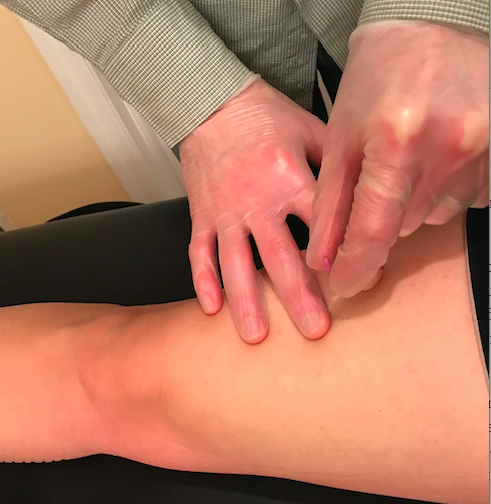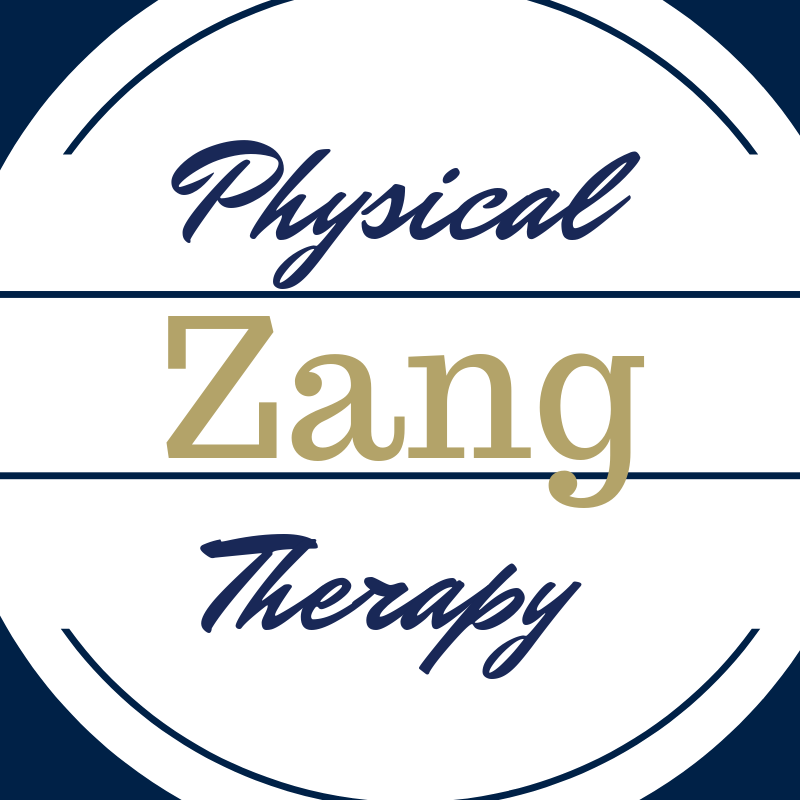To answer the 2nd question, we must 1st understand what it is, what it does, and who it may help.
Trigger Point Dry Needling is a treatment using tiny needles inserted into sore, tight, tense, painful muscles in an effort to relieve those areas of pain. These painful points (that when you press on them cause pain) are often called trigger points. These trigger points are known to refer pain to areas of the body away from the spot. By “releasing” the trigger point, the goal is to increase range of motion, improve mobility, and decrease pain following a session.
In the early 1940s, researchers sought to determine if it was necessary to inject medication to treat “trigger points” as had been the standard or if the mere action of the tiny needles (without medication) was as effective? They found that the action of the needle (without medication) was just as good as the injected medication. Subsequent studies through the 1970’s also found fewer side effects with needle vs. medication. Thus began further investigation into the benefits of trigger points dry needling.
Almost monthly now, a new report on the benefits of dry needling is published. As a result, this method of treatment has become commonplace in treating individuals with musculoskeletal pain. Dry Needling has been proven to be “a safe, effective, and efficient way to target specific muscle groups to improve pain, reduce muscle tension, and improve muscle function. This can help speed up the patient’s return to active rehabilitation and daily life activities” says Dr. Christina Myers, Director of Continuing Education for Benchmark Rehab Institute.
The next question often asked is when is the right time to use dry needling? There is not one right answer, but generally speaking it may be useful with conditions that have not been responsive to other interventions. “Dry Needling can be an effective tool if utilized for the right patient with the right issues at the right time” states Dr. Daniel Maddox, assistant professor of physical therapy at Brenau University. That said dry needling works best in conjunction with other interventions such as active exercise for the muscles that were treated.
Who specifically can or will benefit from this treatment? Conditions researched that dry needling has been shown to benefit include: plantar fasciitis, tennis elbow, headaches, upper trap/neck pain, low back pain, muscle strains, hip pain, and shoulder pain among others.
A recent client with unrelenting deep buttock pain of 6 months duration who was desperate for relief had this to say. “I was searching for anything to help. I did not want surgery. When the needling was suggested by Dr. Zang I was skeptical, but thought what do I have to lose. I was amazed at the results after just 1 session and then after 3 more (in conjunction with exercise), I no longer had the buttock pain.”
A final question often asked by many is, are there side effects or risks involved with the dry needling? Provided the treating clinician has been properly trained and the patient selected is a good fit, the risks are very low (less than 10%) and typically mild. Common side effects include: muscle tightness/soreness (like you just worked those muscles out), pinpoint bleeding, bruising, and needle site pain. Generally speaking any of these side effects are rather short lasting (only a few hours). Frequently, the greatest benefit of dry needling comes a day or two after the session. And often, multiple treatments are often necessary to maximize the greatest benefit.
For those still seeking help for a condition unrelieved by other treatment methods or modalities, dry needling may be an alternative for someone seeking non-medical interventions.
Questions? Curious if Trigger Point Dry Needling may be RIGHT for you?
Call or Request a phone consult
